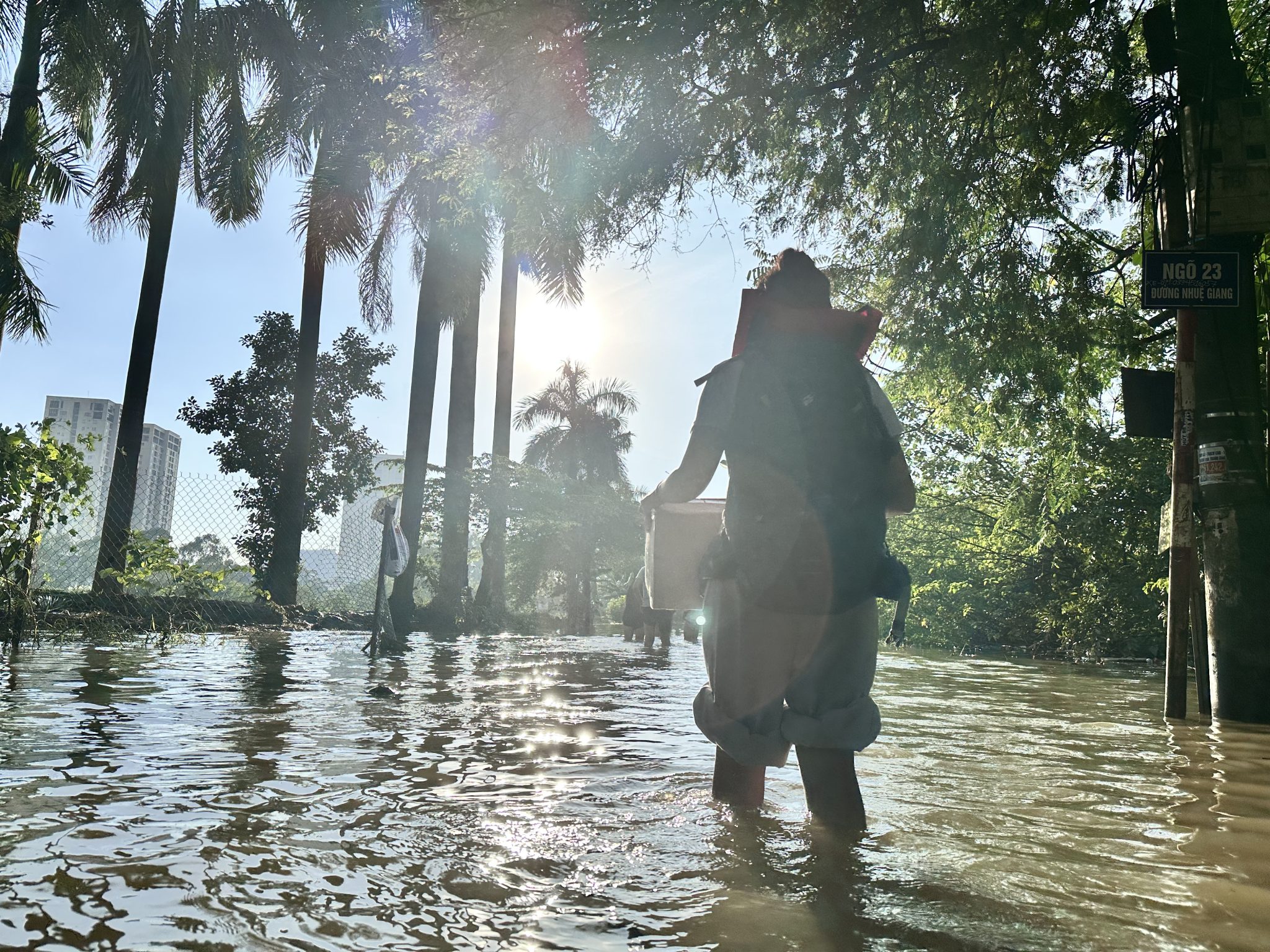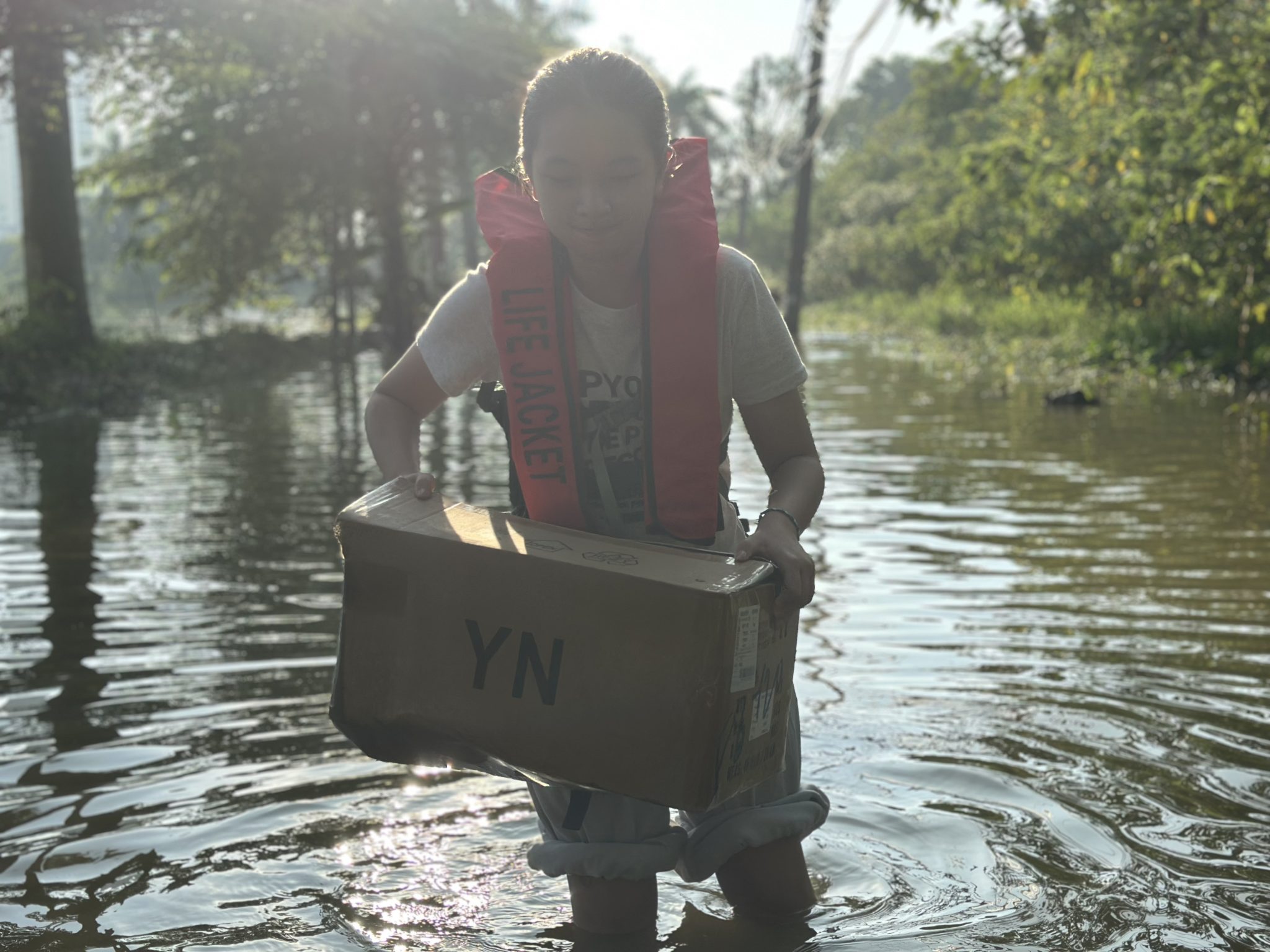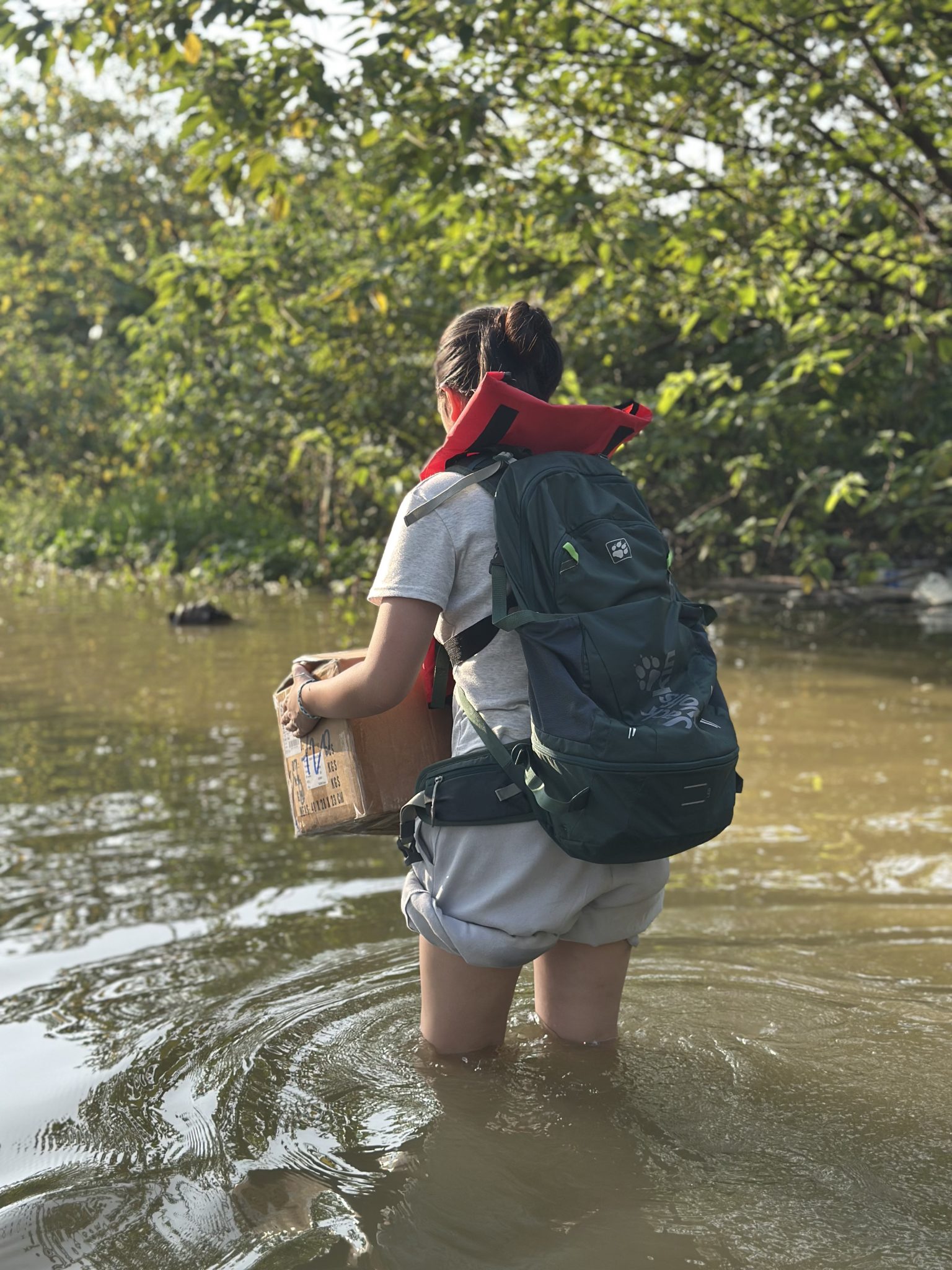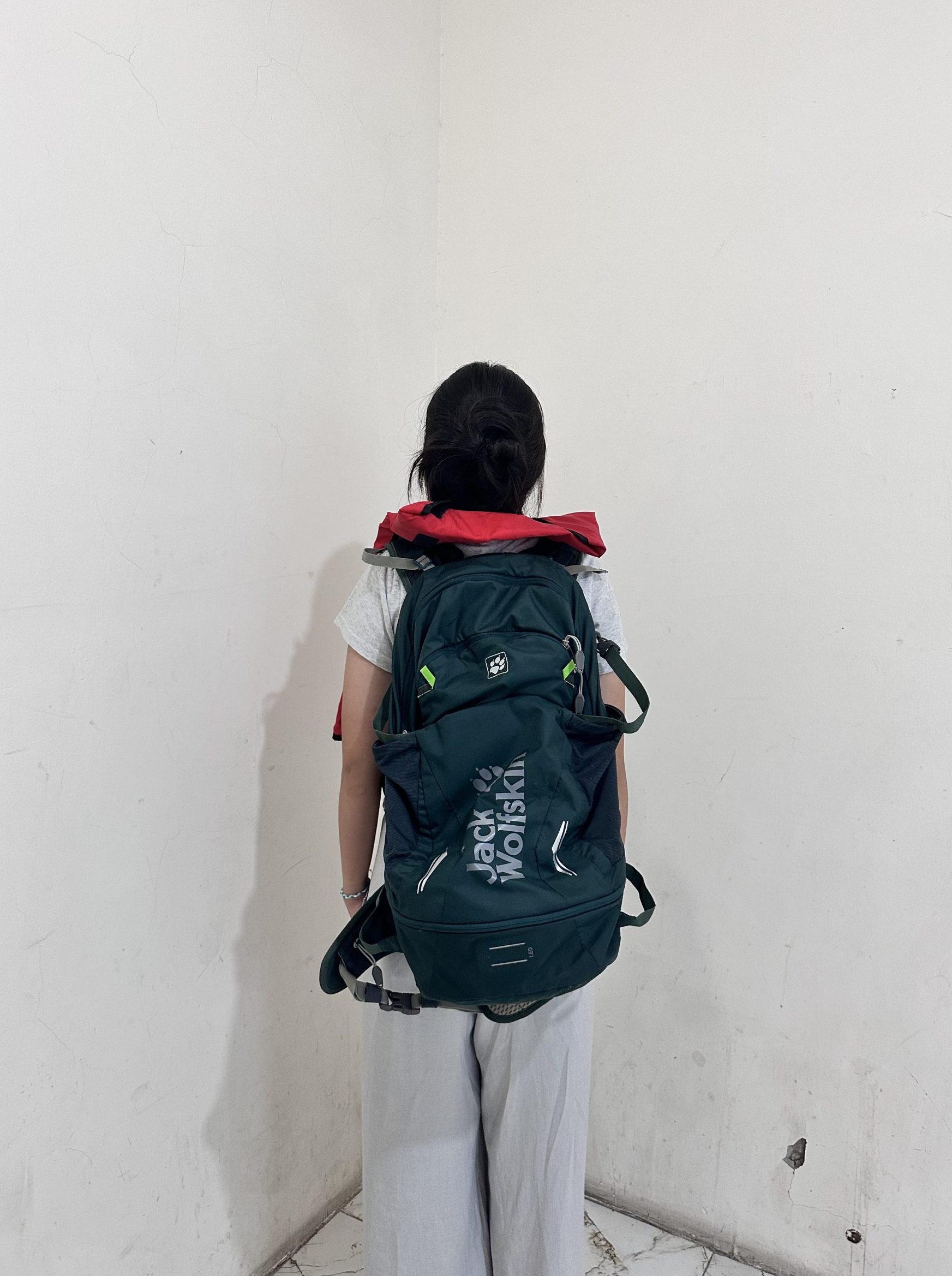
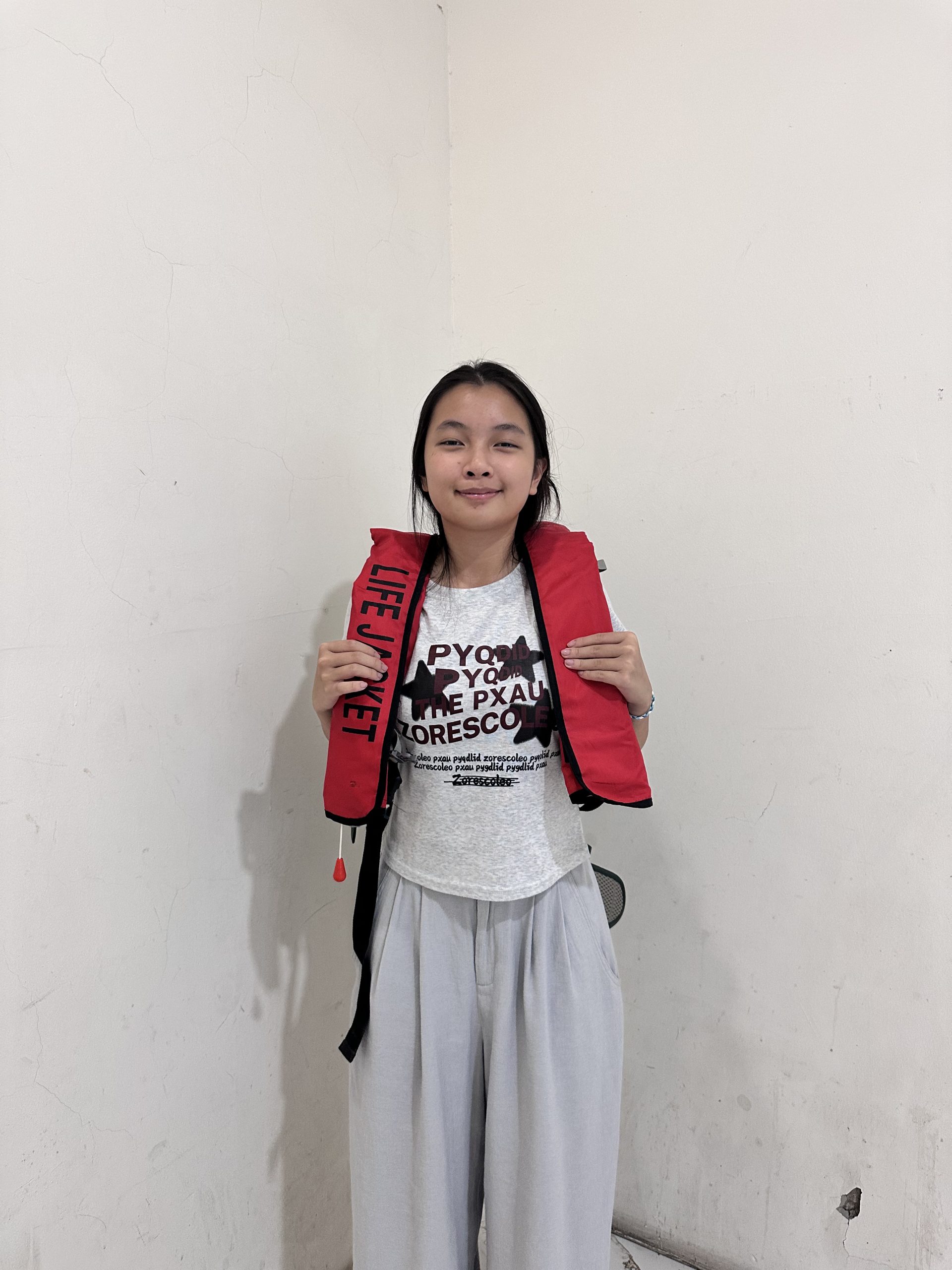
Later, I created an online Flood Preparedness Guide to teach evacuation skills and first aid through interactive tools and real-time alerts. As the creator of Cẩm Nang Chống Bão Lũ Online, I wanted to turn complex disaster data into something ordinary families could actually use. What began as a simple idea, an interactive flood guide, grew into an app that combined first-aid videos, real-time flood alerts, and offline access for mountain communities. I refined every feature through interviews with 200 households in Lào Cai, learning how language and design could mean the difference between confusion and safety. Working with the Youth With Community Club, I introduced the app in public sessions and schools, where over a thousand students and teachers practiced evacuation drills and first aid together. Watching them use the app for the first time made me realize that resilience isn’t built in labs, it starts in local classrooms and kitchens.
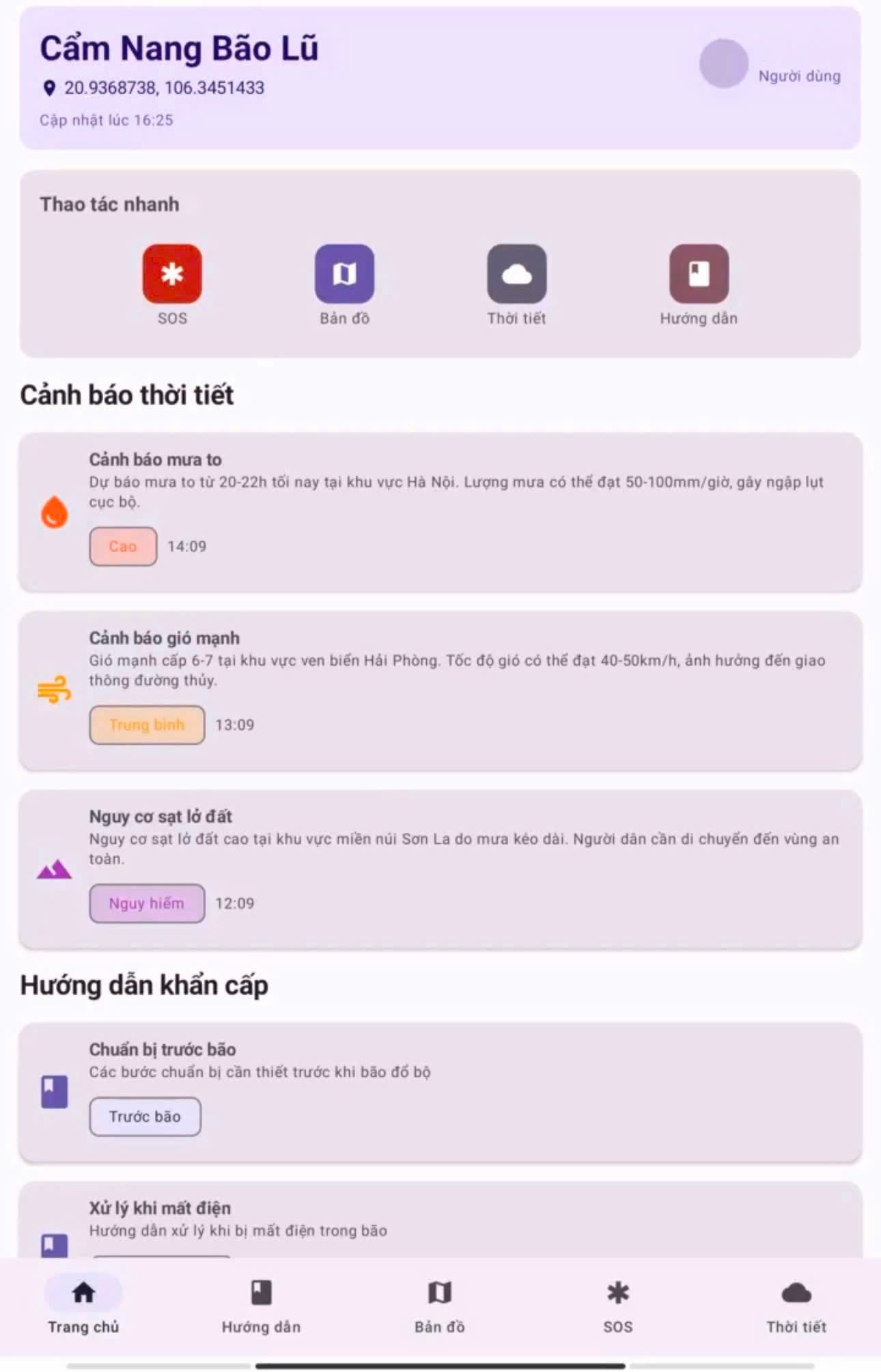
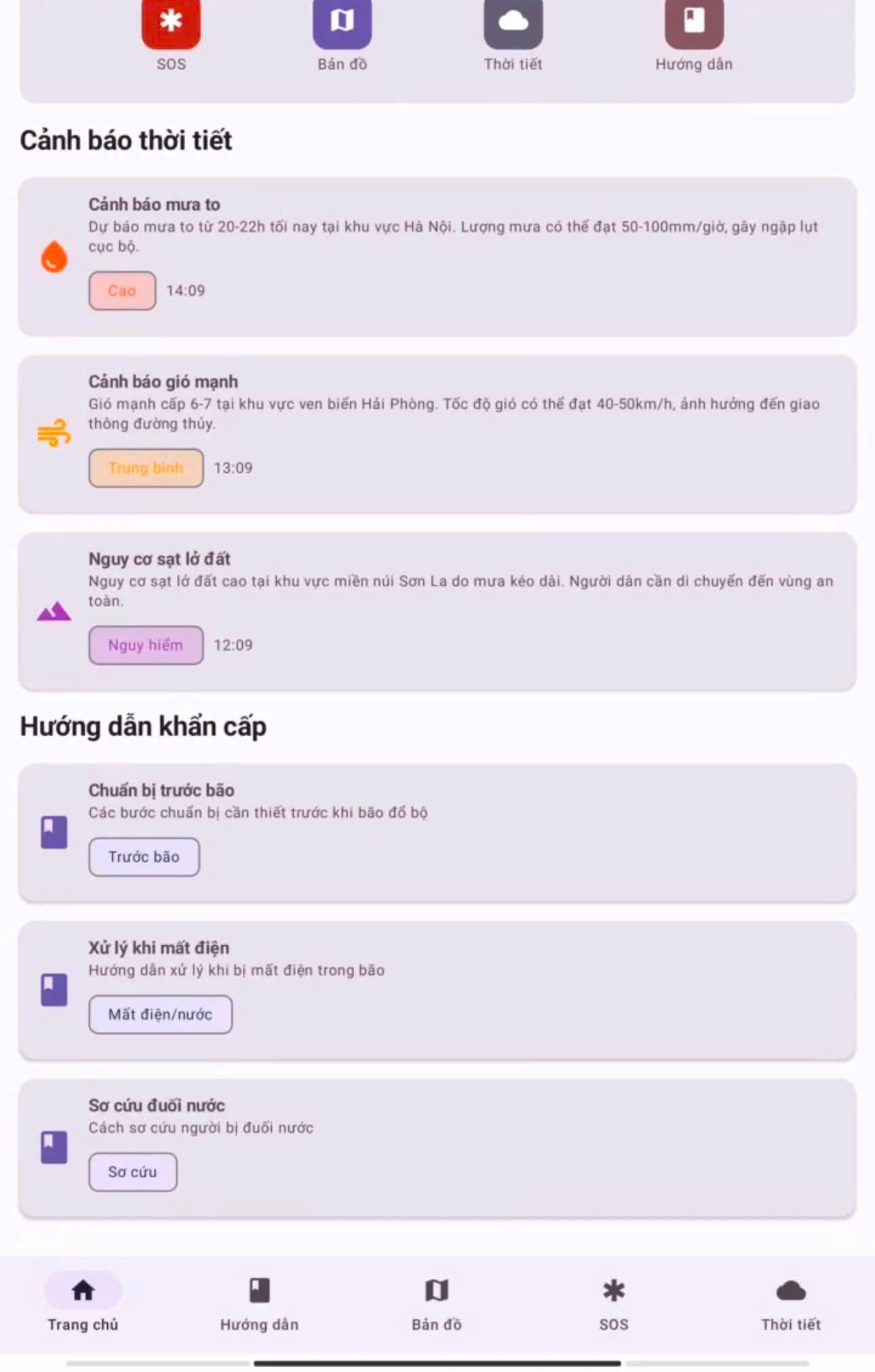
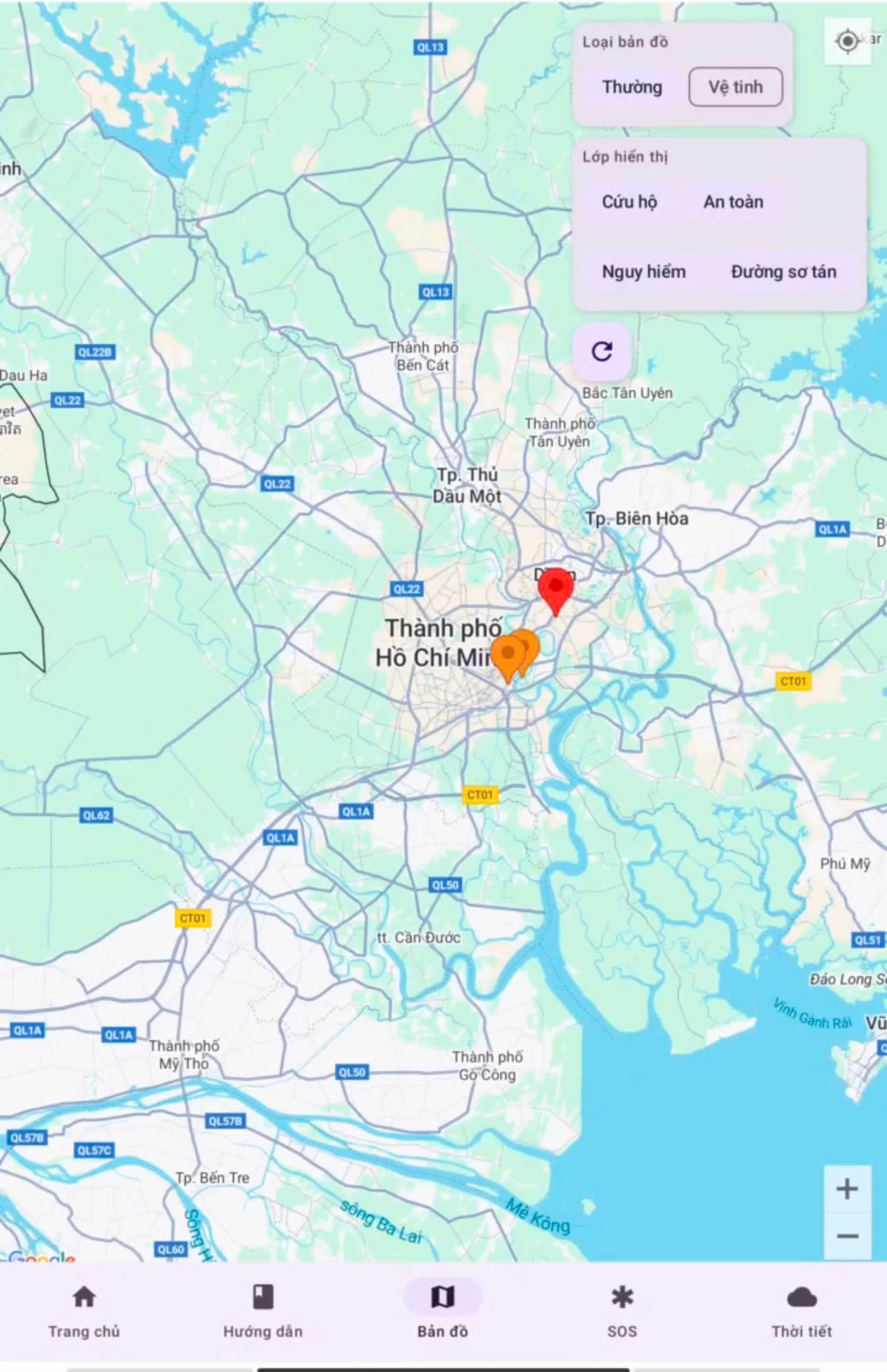
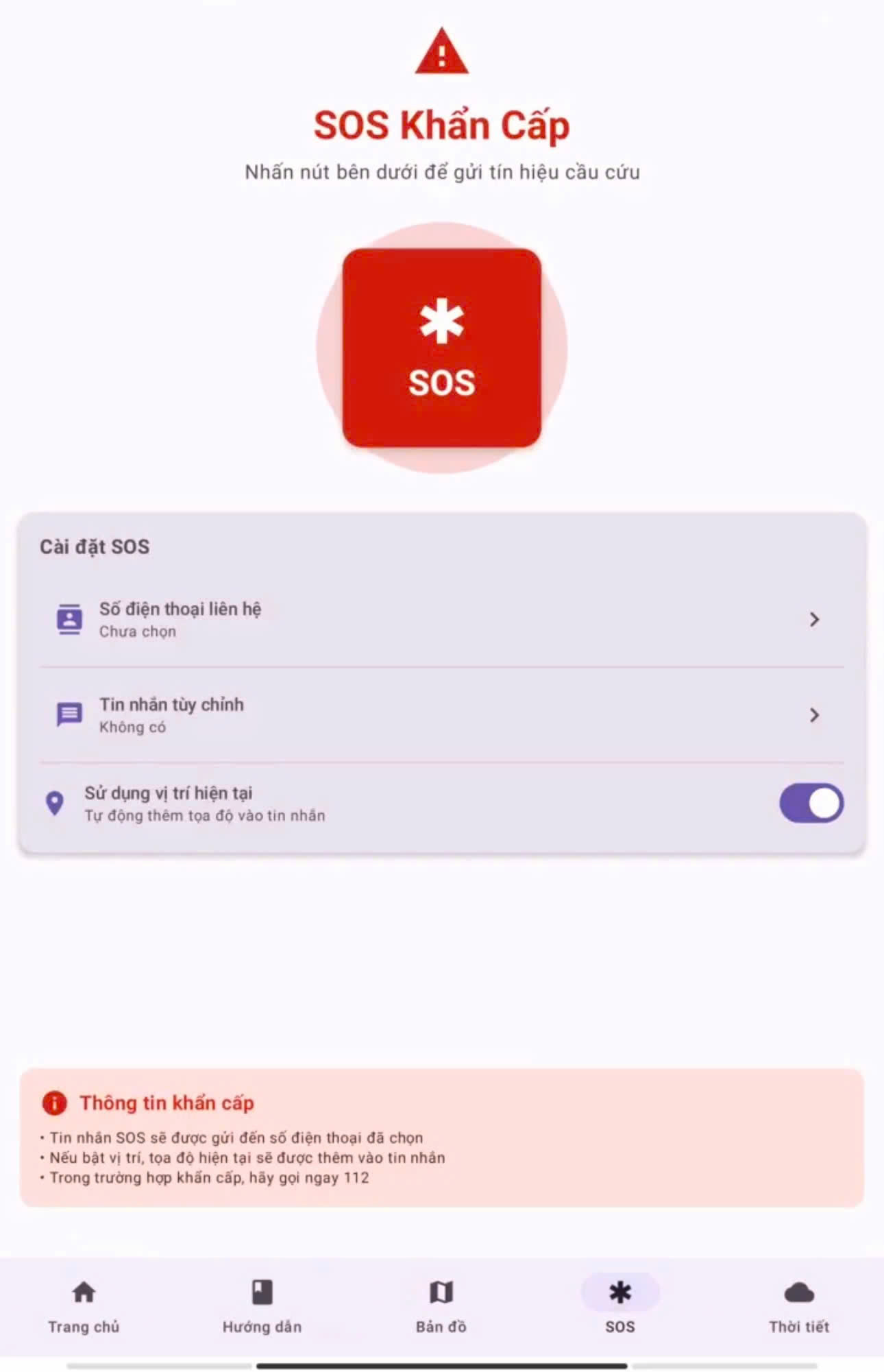
My research on tourism and natural disasters in Lao Cai followed the same purpose. I studied how typhoons reshape local economies and how communities could adapt rather than retreat. Each project taught me that research is not just about data but about empathy and design that respond to real lives. My goal has always been simple: To turn what once felt like fear into knowledge that helps others stay safe, hopeful, and ready.
